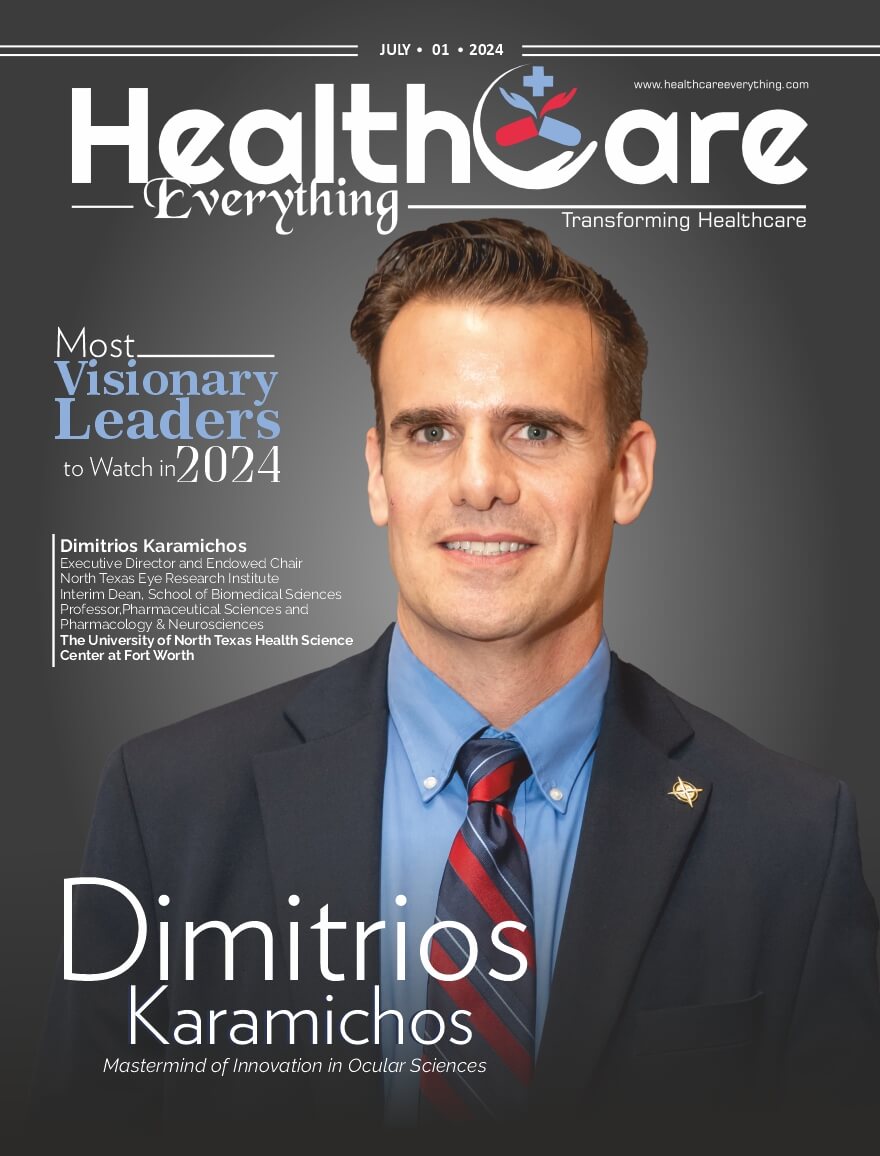Healthcare providers are being cautioned by federal officials to remain vigilant against invasive meningococcal disease, a rare yet potentially fatal illness that has seen an increase in prevalence in recent years, necessitating prompt antibiotic treatment to prevent severe consequences or death.
The disease stems from an infection with the bacterium Neisseria meningitidis. Last year, there were 422 reported cases of invasive meningococcal disease in the United States, the highest count since 2014, as per the Centers for Disease Control and Prevention (CDC).
As of the current year, 143 cases have been reported to the CDC, surpassing the tally for the same period last year by 62 cases.
Invasive meningococcal disease poses an extreme threat, with 10 to 15 percent of patients succumbing to the illness even with appropriate treatment. Recent cases have been linked to an unusual strain of N. meningitidis known as ST-1466, which resulted in 17 fatalities among 94 patients, indicating an 18 percent fatality rate.
Survivors of meningococcal disease may endure long-term disability, including deafness, amputations, or brain damage.
The recent outbreaks have predominantly affected Black individuals and adults aged 30 to 60. Additionally, those vulnerable to the infection include individuals living with HIV, individuals who have undergone spleen removal, sickle cell disease patients, and individuals with specific rare immune conditions.
A meningitis vaccine safeguarding against four of the six N. meningitidis types, including group Y encompassing ST-1466, is recommended for adolescents and individuals with medical conditions such as HIV. However, most older adults have not been vaccinated.
In Virginia, which has witnessed 35 cases and six deaths from meningococcal disease since the summer of 2022, public health officials have been unable to establish an epidemiologic link that elucidates the outbreak, according to Dr. Laurie Forlano, the state’s epidemiologist.
Dr. Forlano remarked, “We always strive to identify common risk factors…such as shared social networks or gatherings. However, no such commonalities have been identified in this instance.”
It’s important to note that the disease is not transmitted through casual contact but via activities involving exposure to saliva or respiratory or throat secretions, such as kissing, sharing food and drinks, or sharing cigarettes.
Read More: Click Here







